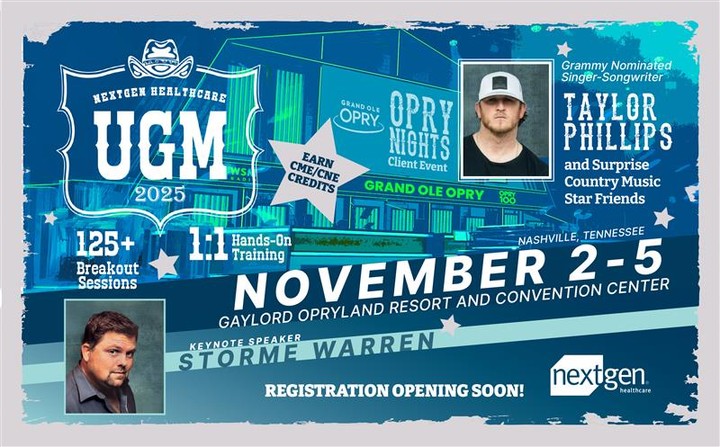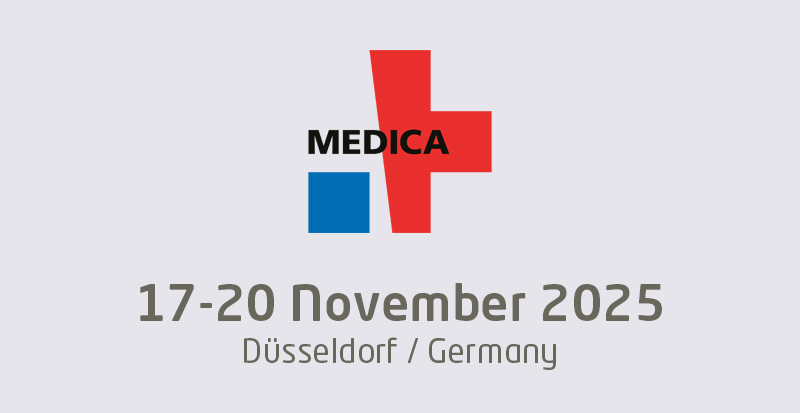Many healthcare organizations are discovering that accountable care reimbursed via global captitated risk contracts requires more primary care physicians and a more tightly coupled delivery network including suburban hospitals, home care, and long term care. Affiliations, mergers, and acquisitions are accelerating to meet these needs.
From an IT perspective how are we to respond to this organizational change with agility and efficacy?
We could rip and replace everything everywhere and mandate a single vendor solution for every workflow at every new location.
That would create standardization, but it would also consume more capital than we have at time when Meaningful Use Stage 2, ICD-10, and compliance requirements have already committed all available IT resources.
A balanced approach is to enumerate the workflows we need to support and then build upon existing applications and infrastructure to automate priority processes that improve quality, safety, and efficiency.
In the past, we’ve used web-based viewers, health information exchange, registries/repositories, master patient indexes, and secure email to link together organizations and coordinate care.
Can we share every data element for every purpose in every circumstance? No. Can we rapidly achieve “good enough” at low cost? Yes.
Our solutions to date have been project based – implementing those point solutions that best fulfill a specific affiliation. The pace of change is so intense that we need a more scalable solution – templates for new affiliations, mergers, and acquisitions.
What services do we offer? What services do our new partners want? What do we centralize? What do we federate? What do we change and importantly what do we not change?
Over the next few months, we’ll do the following:
1. Ask IT infrastructure and application managers to list the services they have been tasked to provide in the past when new affiliations have been formed
2. Ask existing affiliates and new affiliates about their experience during the partnership process. Inventory their existing applications and their plans for upgrading/changing them.
3. With a sense of supply (the services we offer) and demand (the services desired), we can create templates for affiliations, mergers, and acquisitions – a kind of Chinese menu that will enable us to rapidly develop FTE, capital and operating budget requests when new partnerships are planned.
























